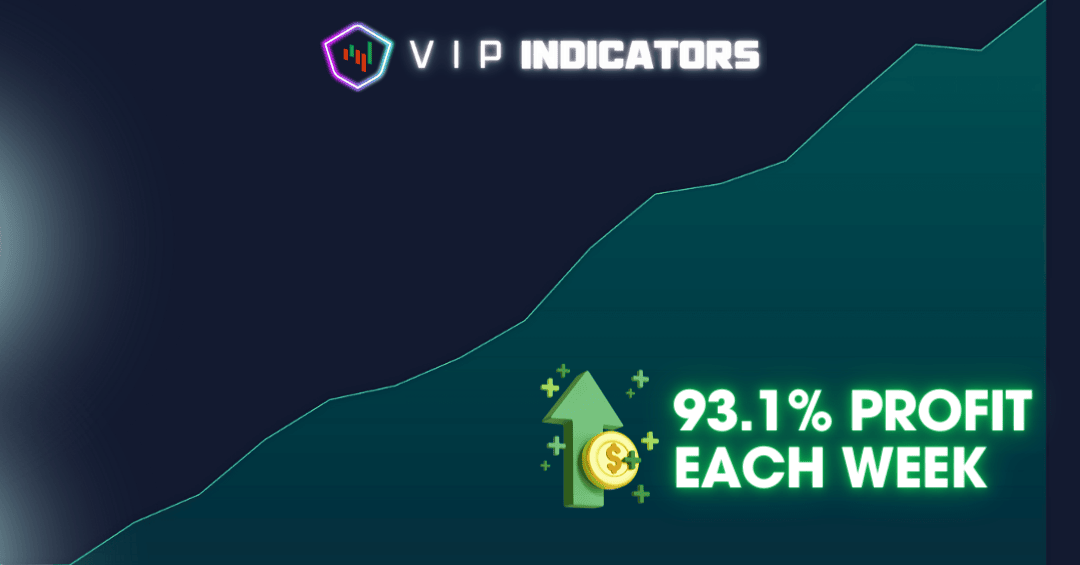Blockchain Adoption Strategies 2025: The Ultimate Guide to Accelerate Growth
1. Understanding Blockchain Fundamentals
What is Blockchain Technology?
Blockchain technology is a decentralized digital ledger that records transactions across multiple computers. Its transparency, security, and immutability make it a game-changer in various industries. Gaining a clear understanding of how blockchain works is fundamental to successful blockchain adoption in 2025.
Many organizations initially hesitate due to a lack of technical knowledge. Educating teams about blockchain’s core conceptsâsuch as distributed ledgers, consensus mechanisms, and cryptographyâhelps remove barriers. For example, case studies from finance and supply chain sectors illustrate how blockchain enhances transparency and efficiency.
As familiarity grows, companies are more likely to explore integration strategies. In 2025, mastering blockchain fundamentals remains the first step toward effective blockchain adoption, ensuring stakeholders are aligned and informed.
Blockchain Types and Variants
There are different types of blockchainsâpublic, private, and consortiumâthat serve various needs. Public blockchains like Bitcoin and Ethereum offer open access, while private blockchains provide restricted environments suitable for enterprise use. Understanding which type aligns with your organizational goals is crucial.
For instance, a manufacturing company might adopt a private blockchain to keep sensitive data secure while enjoying blockchainâs benefits. Conversely, public blockchains foster transparency in areas like voting systems or charity donations.
In 2025, choosing the right blockchain type influences the success of your adoption strategy. Itâs important to evaluate security, scalability, and compliance requirements to select the most suitable variant.
2. Identifying Use Cases for Blockchain Adoption
Assessing Business Pain Points
Before diving into blockchain adoption, it’s essential to pinpoint specific business challenges that blockchain can solve. Whether itâs improving supply chain transparency, streamlining payments, or enhancing data security, aligning blockchain use cases with your pain points maximizes ROI.
For example, a logistics firm in 2025 might use blockchain to track shipments in real-time, reducing fraud and delays. Assessing where blockchain can create the most value ensures strategic investment.
Conducting internal audits and stakeholder interviews can uncover overlooked opportunities where blockchainâs capabilities shine. This targeted approach is vital for successful blockchain adoption.
Examples of Successful Blockchain Use Cases
Across industries, certain use cases stand out in 2025. Financial institutions leverage blockchain for cross-border payments, significantly reducing transaction times and costs. Supply chains employ blockchain to ensure provenance and authenticity of goods. Even healthcare uses blockchain to secure patient records and enable interoperability.
These examples demonstrate how blockchain adoption can lead to tangible benefitsâcost savings, enhanced security, and increased trust. Learning from such case studies guides your own strategic implementation.
Implementing pilot projects based on proven use cases allows organizations to evaluate benefits and scalability before full deployment.
3. Building a Blockchain Adoption Roadmap
Setting Clear Objectives and Goals
A well-defined roadmap begins with setting clear, measurable objectives. What do you want to achieve with blockchain adoption in 2025? Whether it’s reducing operational costs or enhancing compliance, specific goals provide direction and benchmarks.
Using SMART criteria (Specific, Measurable, Achievable, Relevant, Time-bound) helps in crafting practical milestones. For instance, aim to implement a pilot blockchain project within six months that reduces transaction reconciliation times by 30%.
Aligning these objectives with overall business strategy ensures that blockchain initiatives contribute to long-term growth and competitiveness.
Developing Phases and Timelines
Breaking down your blockchain adoption journey into phasesâresearch, pilot, evaluation, scalingâis crucial. In 2025, phased implementation reduces risks and allows for iterative learning.
Each phase should include detailed timelines, resource allocation, and success metrics. For example, Phase 1 may involve team training and technology assessment over three months, followed by a six-month pilot project.
Regular reviews and adjustments keep the roadmap flexible and responsive to emerging trends and challenges.
4. Securing Executive and Stakeholder Buy-In
Communicating Blockchain Benefits
Gaining executive support is critical for blockchain adoption success. Clearly articulating how blockchain aligns with strategic goals boosts confidence. Highlight benefits like increased transparency, reduced fraud, and operational efficiencies.
Use data and case studies from 2025 to demonstrate tangible outcomes and ROI. For example, a report indicating that blockchain can cut supply chain costs by up to 20% can sway decision-makers.
Tailoring the message to different stakeholder groupsâIT, finance, legalâensures broader support and smoother implementation.
Overcoming Resistance and Misconceptions
Change resistance is a natural obstacle. Address concerns through education and transparent communication. Clarify misconceptions about blockchain complexity, costs, and security issues.
Showcasing successful deployments and offering pilot programs can alleviate fears. For instance, a banking sector case study from 2025 illustrates how a blockchain pilot mitigated fraud risk significantly.
Building advocacy within the organization creates champions who promote blockchain adoption internally.
5. Selecting the Right Blockchain Technology and Partners
Evaluating Technology Platforms
Choosing the appropriate blockchain platform is vital. Factors such as scalability, security, consensus mechanisms, and developer support should guide your decision. In 2025, platforms like Ethereum 2.0, Hyperledger Fabric, and others offer diverse features for enterprise needs.
Performing technical assessments and proofs of concept can help determine suitability. For instance, Hyperledger Fabricâs modular architecture suits permissioned enterprise solutions while Ethereum provides broader decentralized ecosystems.
Integrating the chosen platform with existing legacy systems requires careful planning to ensure seamless operation.
Partnering with Blockchain Vendors and Experts
Employing experienced vendors and blockchain consultants can accelerate adoption. Look for partners with proven track records, industry-specific expertise, and strong support services.
Collaborating with blockchain ecosystem players ensures access to cutting-edge innovations and compliance updates. For example, a joint pilot with a leading blockchain firm in 2025 can provide vital insights into best practices.
Always vet vendorsâ security standards and scalability capabilities before signing agreements.
Frequently Asked Questions about Blockchain Adoption in 2025
1. What is the importance of blockchain adoption in 2025?
Blockchain adoption in 2025 is crucial for organizations aiming to stay competitive, improve transparency, ensure data security, and streamline operations. As technology matures, embracing blockchain becomes a strategic necessity.
2. How can companies start their blockchain adoption journey?
Start by understanding blockchain fundamentals, identifying relevant use cases, building a strategic roadmap, and securing stakeholder support. Pilot projects and partnerships also play key roles in initial adoption phases.
3. What are the main challenges of blockchain adoption?
Common challenges include integration complexities, high initial costs, lack of regulatory clarity, and resistance to change. Overcoming these requires education, strategic planning, and choosing the right technology and partners.
4. How does blockchain adoption impact business growth?
Effective blockchain adoption can significantly enhance operational efficiency, reduce fraud, increase transparency, and create new revenue streams, all of which accelerate business growth in 2025.
Conclusion
As we look ahead to 2025, blockchain adoption remains a vital strategy to unlock new opportunities and drive competitive advantage. By understanding the fundamentals, identifying meaningful use cases, building a detailed roadmap, gaining stakeholder support, and selecting the right technology and partners, organizations can effectively accelerate their growth with blockchain.
The key to success lies in strategic planning and continuous innovation. Embracing blockchain adoption today prepares your organization for the opportunities of tomorrow.
Related Content
- Kraken, UK trade body derides lawmaker description of crypto as ‘gambling’
- Bitcoin Volatility Hits Historic Lows Amid Market Apathy
- Maybe Bitcoin didn’t bottom? SEC lawsuit against Binance shakes BTC bulls’ confidence
- Crypto Biz: Binance Connect goes dark, Prime Trust is bust and PayPal unveils Crypto Hub
- Kraken looking to ‘solve’ industry challenges amid layer-2 rumors


